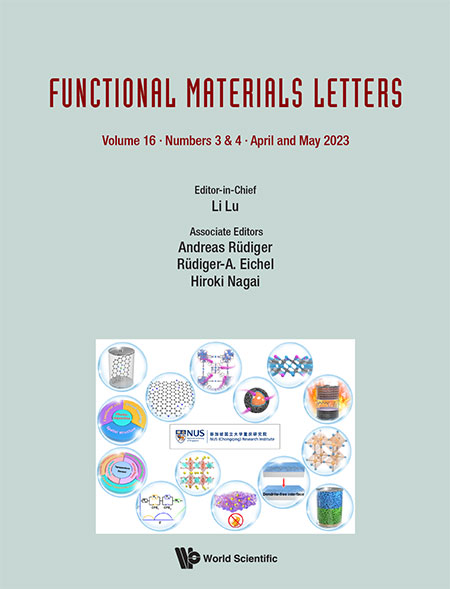Battery material thermal instability and side reaction for lithium-ion battery thermal runaway: A short review
Abstract
Thermal runaway (TR) is one of the challenging problems in the safety of lithium-ion batteries (LIBs). The monitoring and early warning of TR events, the analysis and modeling of TR mechanisms, and the control of TR are crucial in battery safety research. This review first analyzes the three abuse factors. The identification and analysis of the characteristic temperatures in TR, including the onset temperature of self-heating, the initiation temperature of TR, and the maximum temperature of the TR are reviewed and analyzed. The heat of internal side reactions (ISRs) comes from the separate decomposition, oxidation or mutual reactions of solid electrolyte interphase, positive electrolyte interphase, positive and negative active materials, and electrolyte, which induce the gradual development of the battery towards TR. The ISR mechanism, thermodynamic and reaction kinetic characteristics are reviewed in detail.
| Remember to check out the Most Cited Articles! |
|---|
|
Check out New Titles in Materials Science and Nanotechnology |


